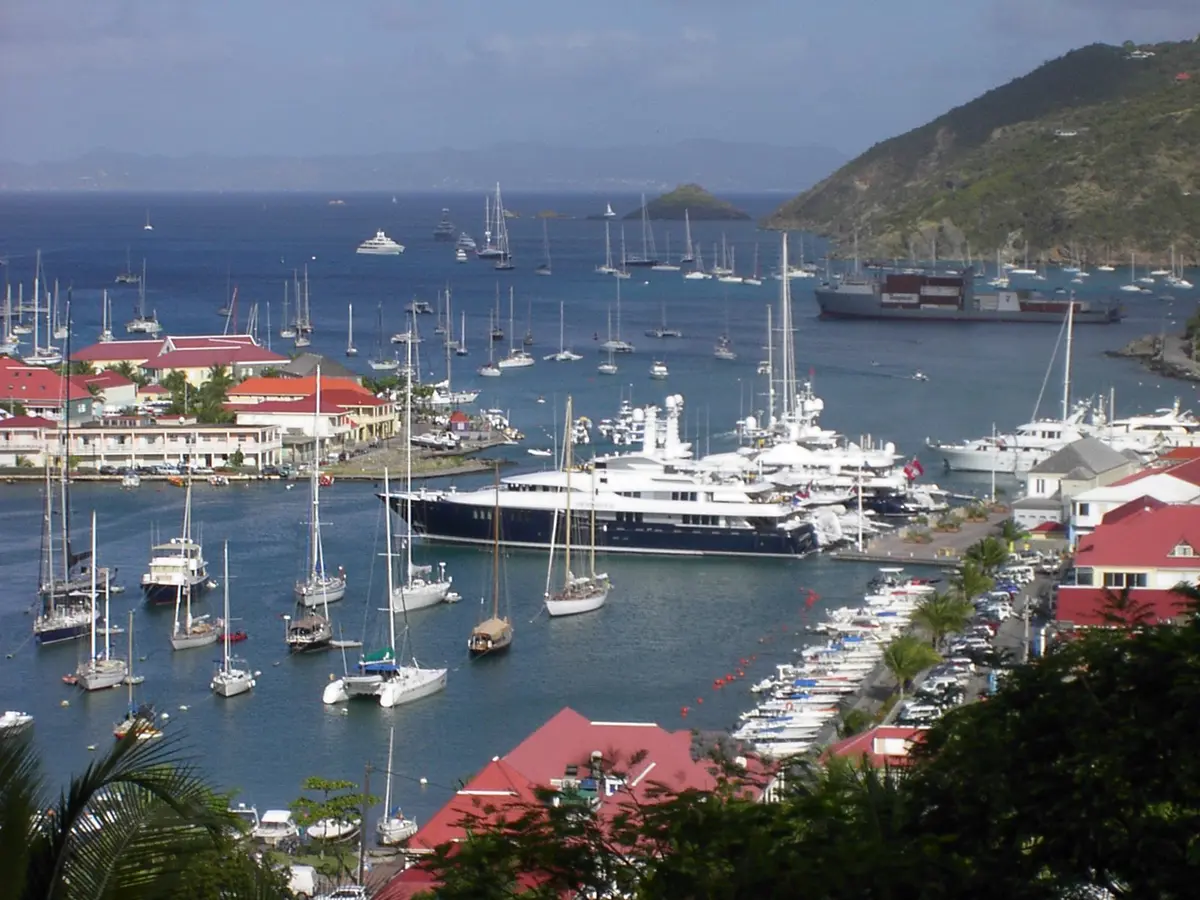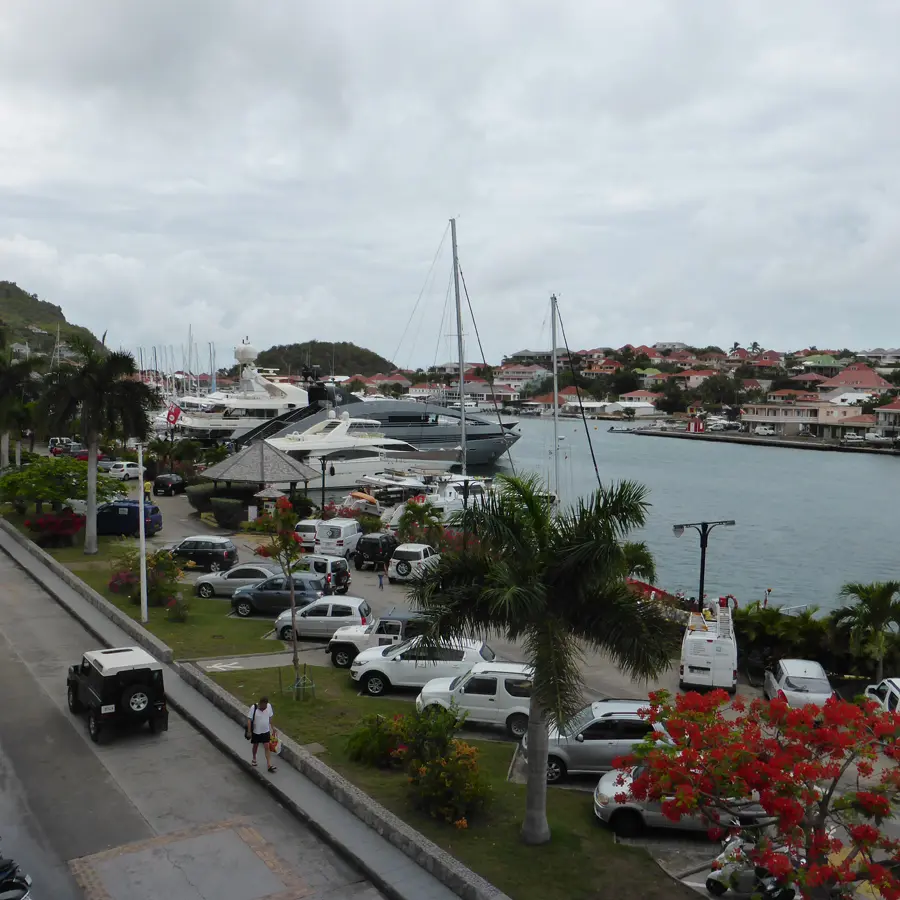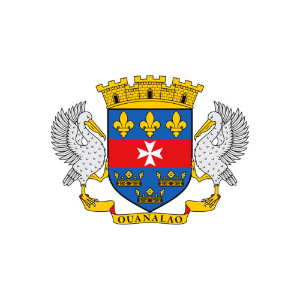Gustavia harbor, the heart of St. Barth’s capital, embodies the island’s rich history and its evolution from a Swedish colony to a French territory and finally to a premier Caribbean destination. The harbor’s story begins on January 30, 1785, when the first Swedish settlers, including merchants Röhl and Hansen, arrived on the ship Unity. The island officially became a Swedish colony on March 6 of the same year with the arrival of the frigate Sprengtporten, marking the beginning of Gustavia’s development. The early Swedish settlers faced significant challenges, particularly with heavy rains washing stones and soil into the harbor, impeding sailing boats from seeking shelter.

Their innovative solution of paving the streets with island stones, with each property owner responsible for the area in front of their house, laid the foundation for Gustavia’s infrastructure. Many of these original stones are believed to remain under today’s pavement. A pivotal moment came on September 7, 1785, when King Gustav III declared Gustavia a Porto Franco (free trade port), modeled after Swedish free ports. This decision transformed the harbor into a bustling center of commerce, attracting merchants, craftsmen, and even debtors seeking the island’s 10-year sanctuary. However, from 1830, St.

Barth faced economic decline, leading to a referendum in 1878 where the vast majority of residents voted to return to French rule. This transition occurred on March 16, 1878, when the French Tricolor flag was raised over Gustavia. The early 1900s saw Gustavia as a quiet, somewhat dilapidated village, but a renaissance began in the 1960s with the growth of tourism. The harbor was adapted to accommodate larger boats, ushering in a new era of prosperity. Today, Gustavia harbor is a symbol of St.

Barth’s luxury tourism, often filled with private yachts, especially during the winter high season. The harbor’s journey from a Swedish colonial port to a world-class yachting destination reflects St. Barth’s remarkable ability to adapt and thrive through changing times.
